Description
The Byzantine Empire was known for its rich artistic and cultural heritage, and one of the most intriguing artifacts from this era is a 9th century silver pendant featuring the “Image of Christ the Pantocrator”. This iconic image of Jesus Christ, depicted as the ruler and judge of all, holds great significance in Byzantine religious iconography. What makes this pendant even more fascinating is the Latin inscription on its reverse side, which translates to “Jesus Christ King of Kings”. Let us delve deeper into the history and symbolism behind this remarkable Byzantine coin.
The Byzantine Coin with ‘Image of Christ the Pantocrator’
The 9th century Byzantine coin featuring the “Image of Christ the Pantocrator” is a testament to the religious fervor of the Byzantine Empire. The pendant showcases the face of Jesus Christ, depicted with a serene expression, a flowing beard, and a halo around his head. This representation emphasizes his divine authority and power as the ruler of the universe. The image is surrounded by Greek inscriptions, which translate to “Jesus Christ, King of Kings” and “The Pantocrator”, further emphasizing Christ’s status as the supreme ruler.
The use of coins as a medium for religious imagery was a common practice in Byzantium. These coins, known as “coin-icons,” were not only symbols of wealth and power but also served as tangible expressions of religious devotion. The depiction of Christ on coins was believed to bring divine protection and blessings to the wearer. The 9th century Byzantine coin with the “Image of Christ the Pantocrator” is a prime example of the intersection between religion, art, and commerce in the Byzantine Empire.
Exploring a 9th Century Silver Pendant’s Latin Inscription
The Latin inscription on the reverse side of the 9th century Byzantine silver pendant adds another layer of significance to this artifact. The inscription reads “Jesus Christus Rex Regnantium”, which translates to “Jesus Christ King of Kings” in English. This phrase references the biblical description of Jesus found in the Book of Revelation, where he is referred to as the “King of Kings and Lord of Lords”. The use of Latin, the lingua franca of the Byzantine Empire, highlights the widespread influence of the Roman Catholic Church during this period.
The Latin inscription on the pendant serves as a powerful reminder of the Byzantine Empire’s Christian identity and its allegiance to Jesus Christ as the ultimate ruler. It encapsulates the empire’s belief in the divine authority and sovereignty of Christ, aligning with the broader theological and political ideals of the time. This inscription also exemplifies the intersection of different cultures and languages within the Byzantine Empire, showcasing the empire’s ability to assimilate various influences into its religious and artistic expressions.
===
The 9th century Byzantine silver pendant featuring the “Image of Christ the Pantocrator” and its Latin inscription “Jesus Christ King of Kings” is a remarkable artifact that offers insights into the religious, cultural, and linguistic aspects of the Byzantine Empire. This pendant not only showcases the empire’s artistic prowess but also highlights its deep devotion to Christianity and the importance of Jesus Christ as the supreme ruler. Through the combination of the iconic image of Christ and the Latin inscription, this pendant represents a tangible expression of Byzantine religious fervor, serving as a powerful symbol of faith and devotion for its wearers.
- Side A: Christ The Pantocrator.
- Side B: “Jesus Christ King of Kings” in Latin.
- Ancient Christian coin jewelry.
- Coin discovered in Jerusalem.
- Sterling silver frame.
- Certificate of authenticity.
Shipped direct from the Holy Land.
Zak’s Antiquities is the website of Zak’s fine art and antiquities. Located on the Christian Quarter road in Jerusalem’s Old City. The shop began in 1964 and has remained as a family owned and operated business till this day. For the past 50 years Zak’s Antiquities has sold ancient coins, antiquities and art authentic to Israel and Jerusalem.


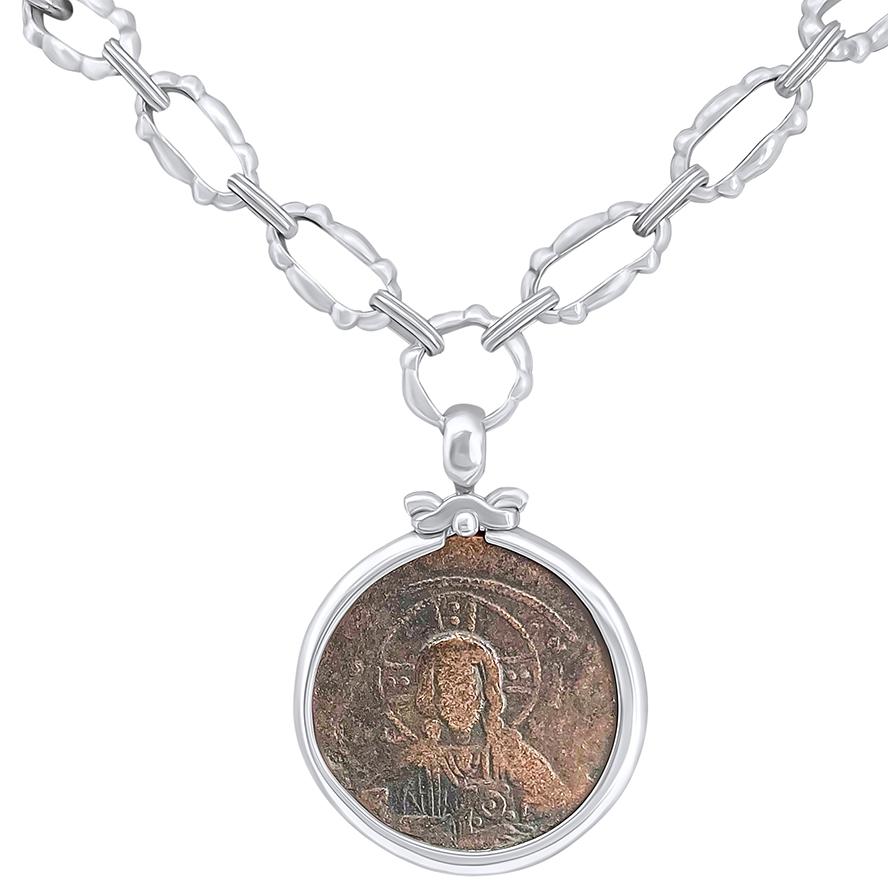
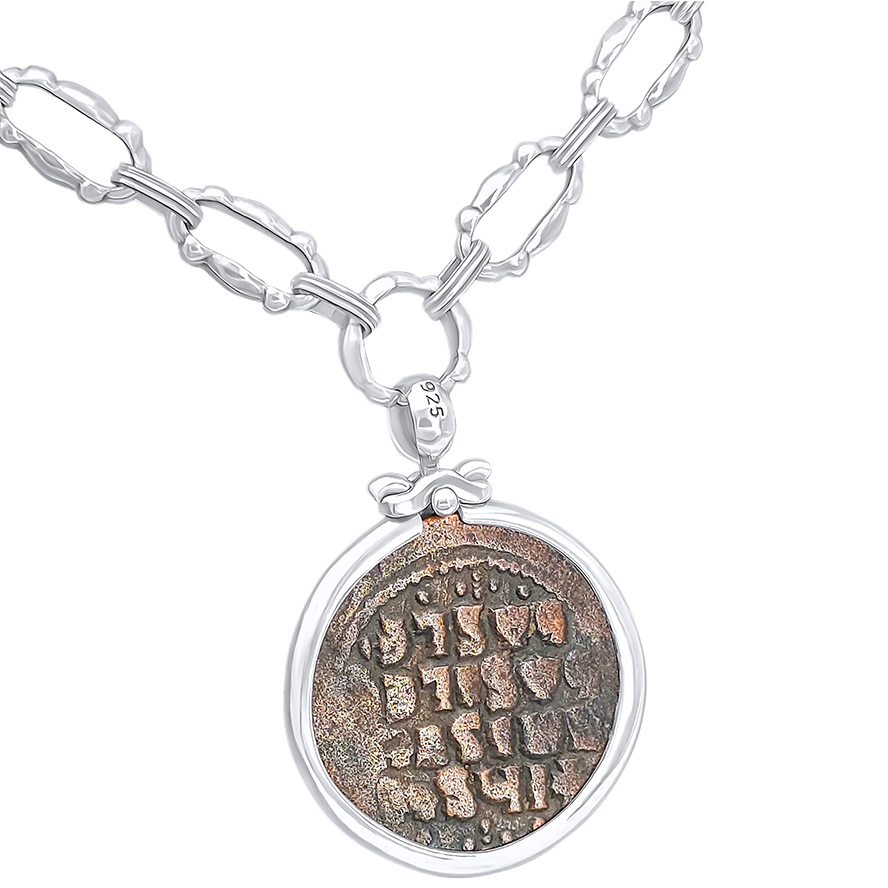
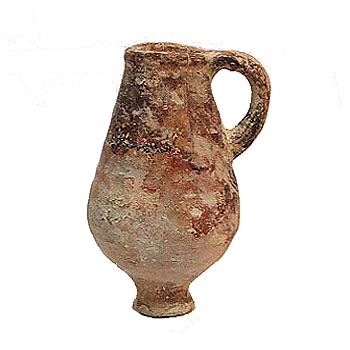
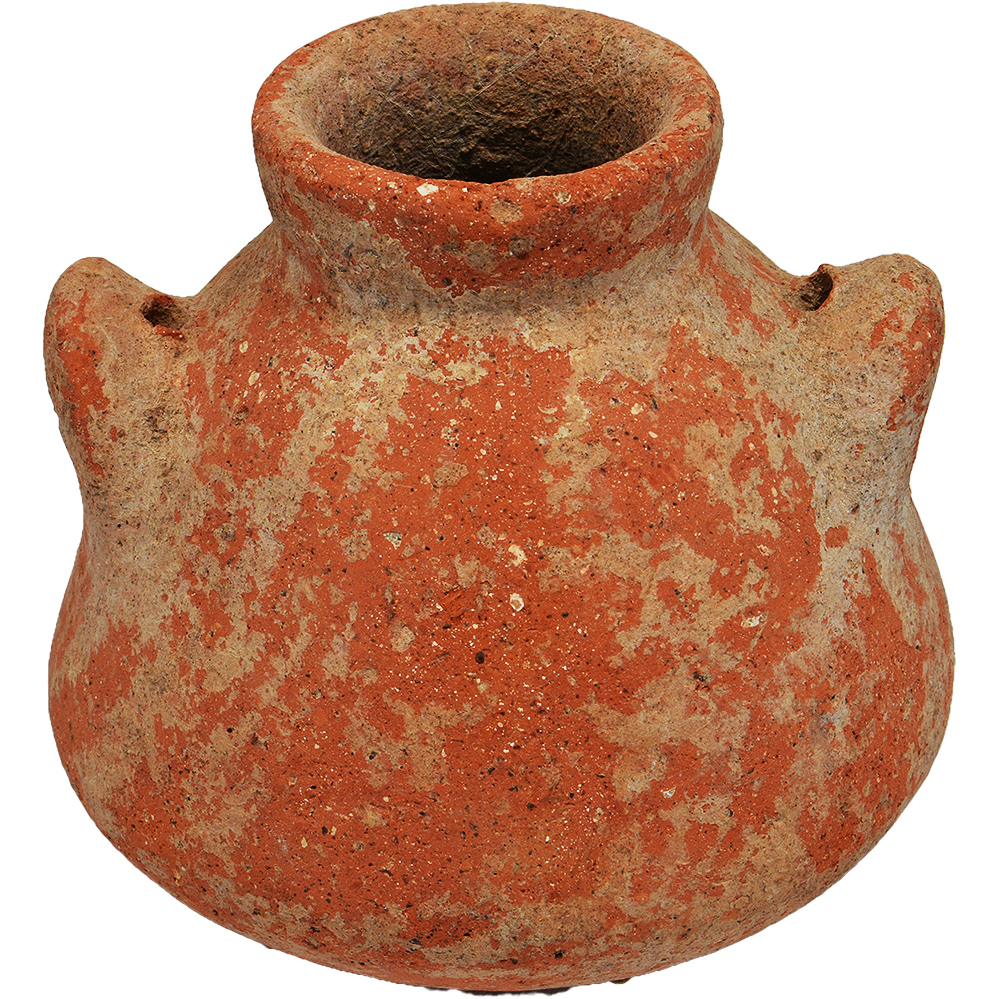
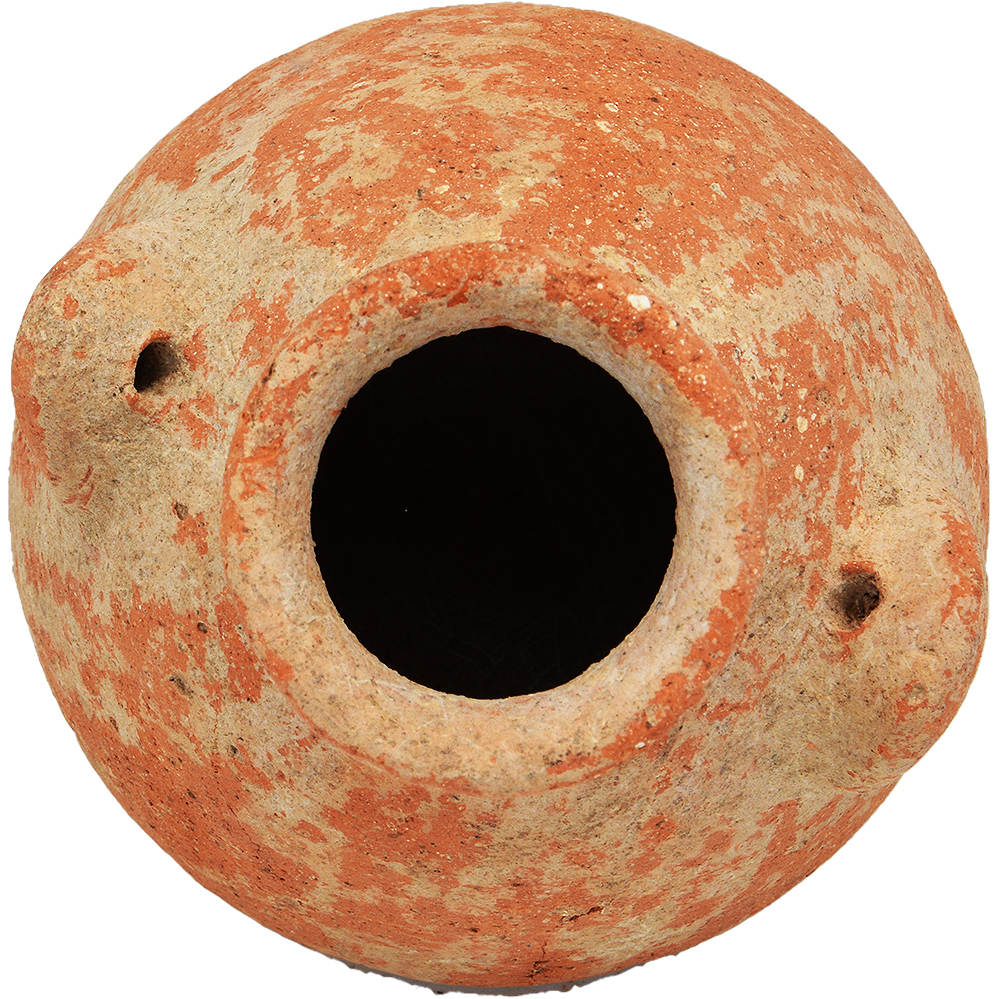
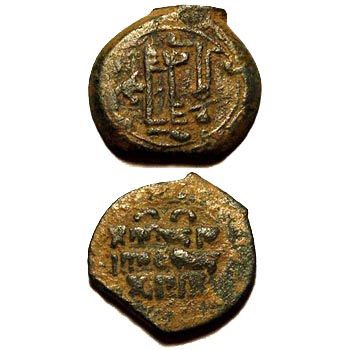
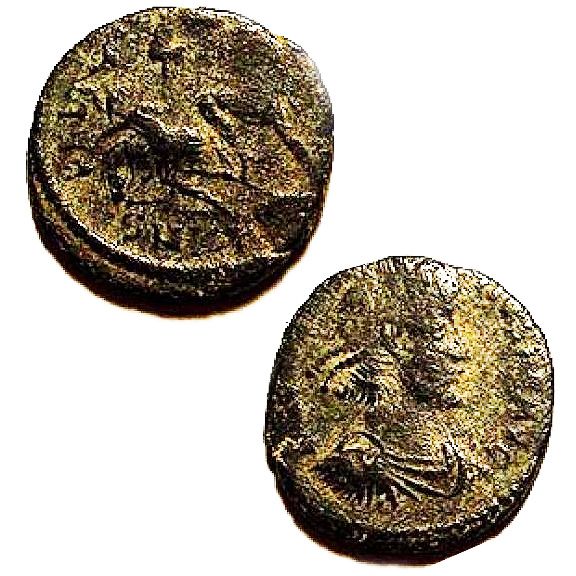
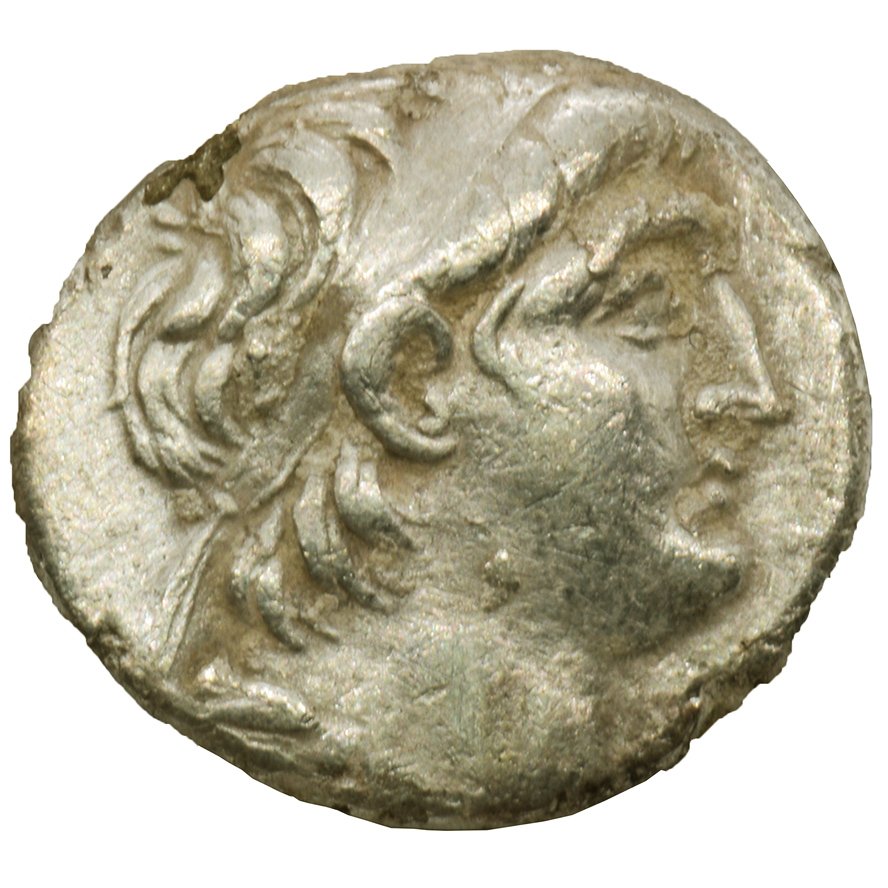
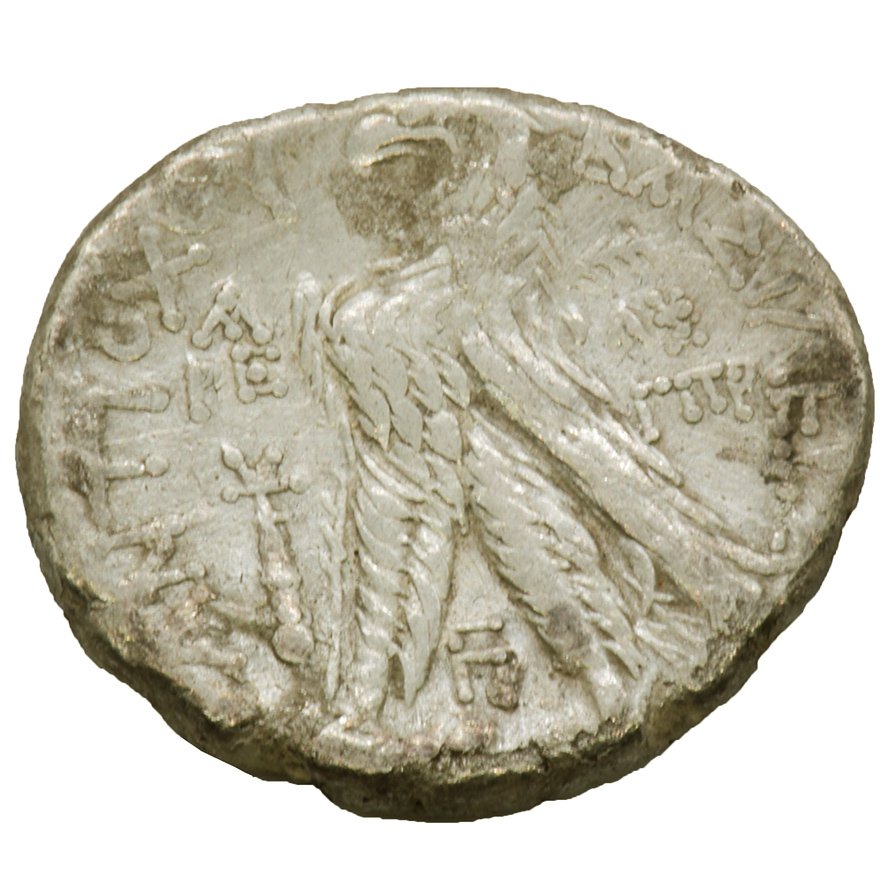
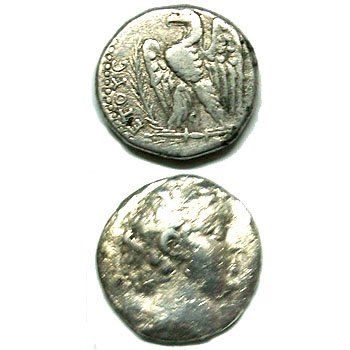
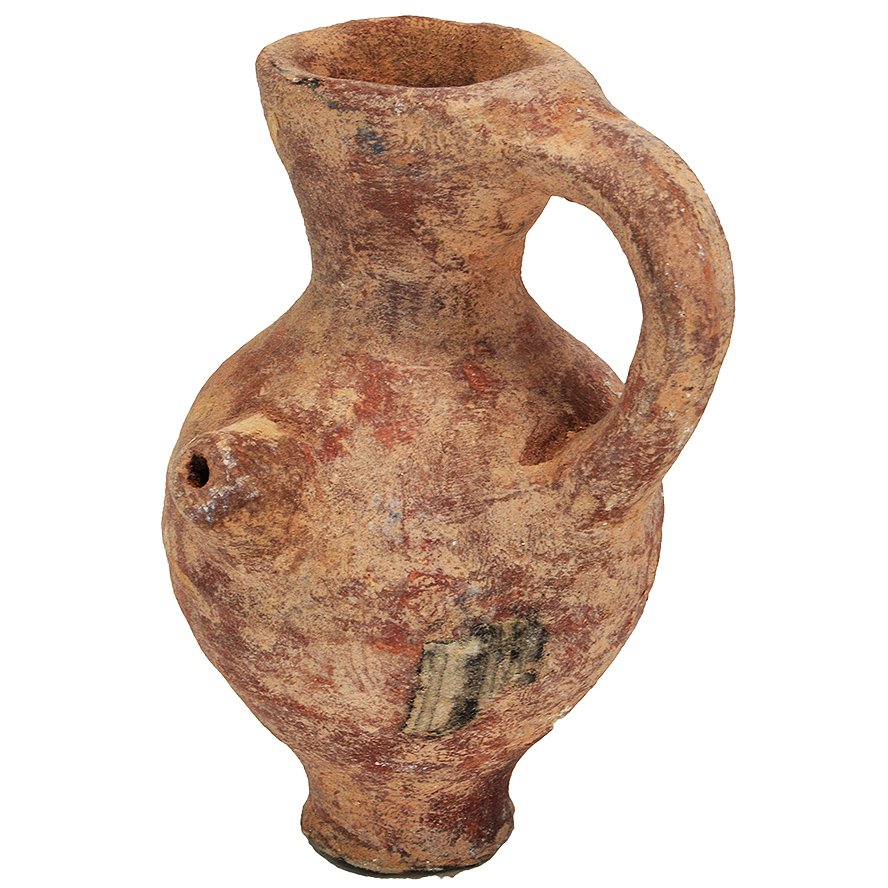
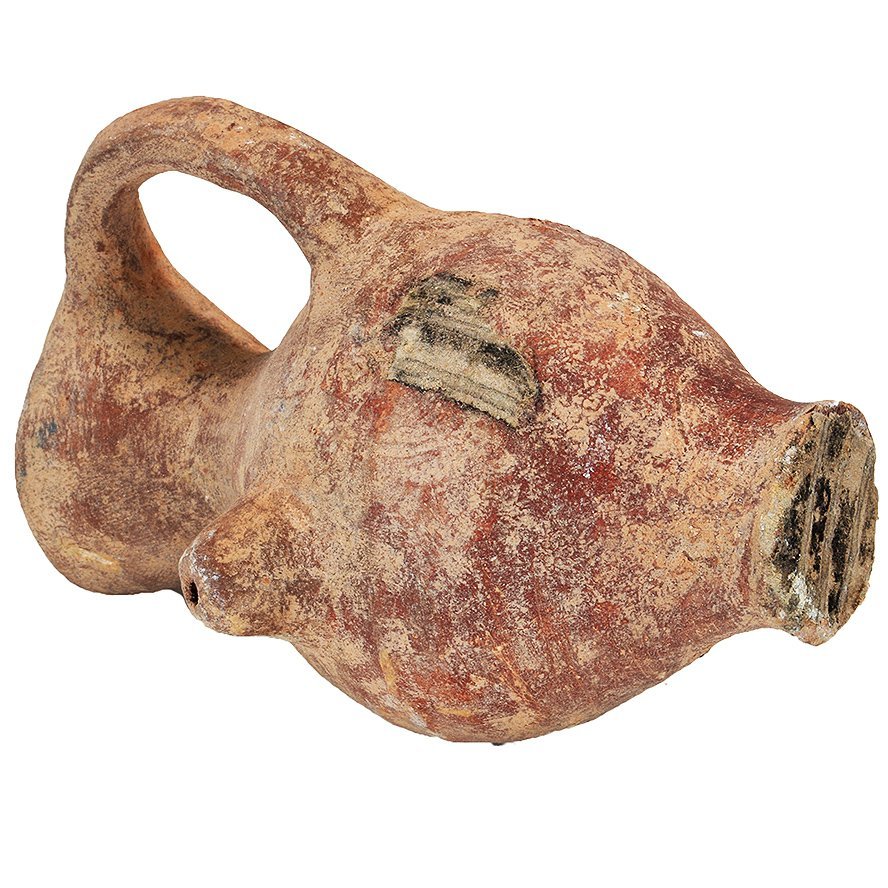
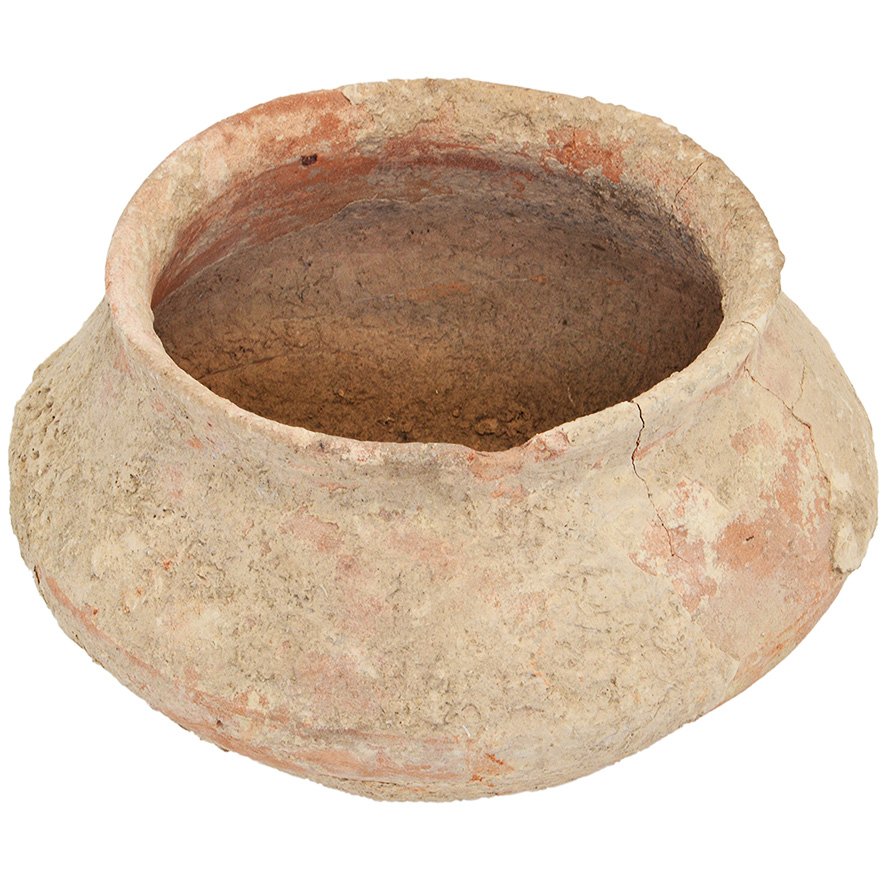
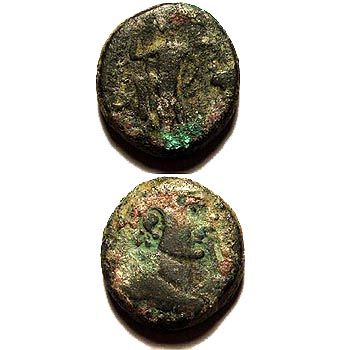
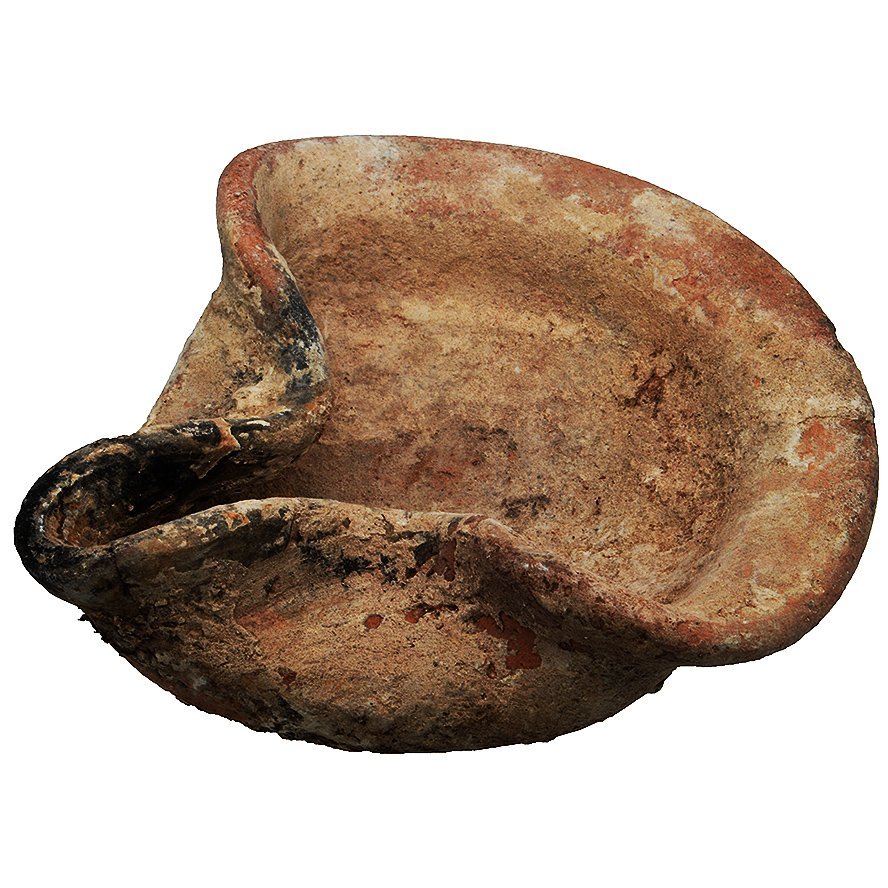
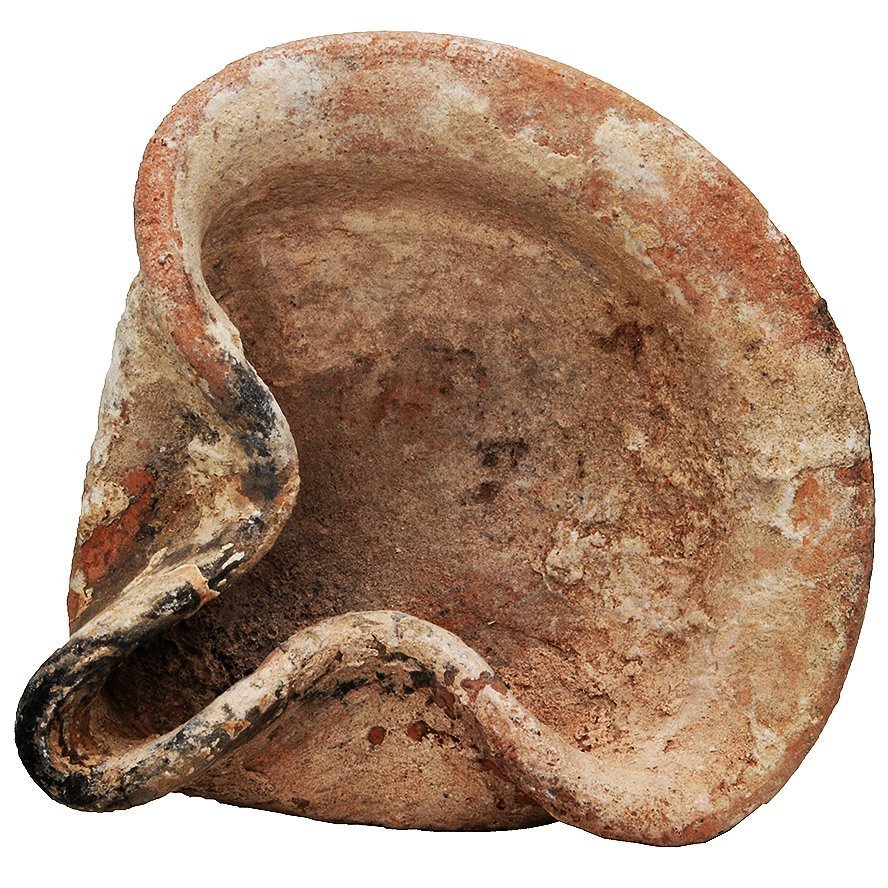
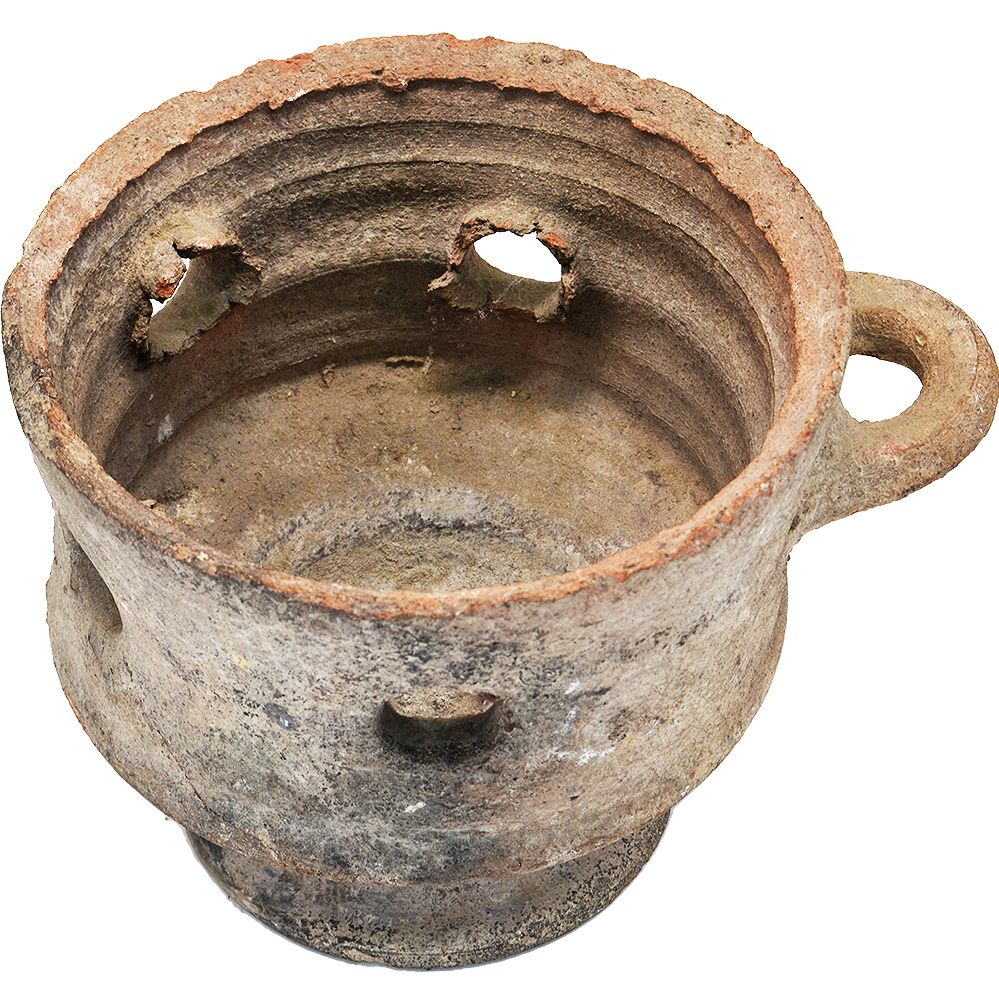
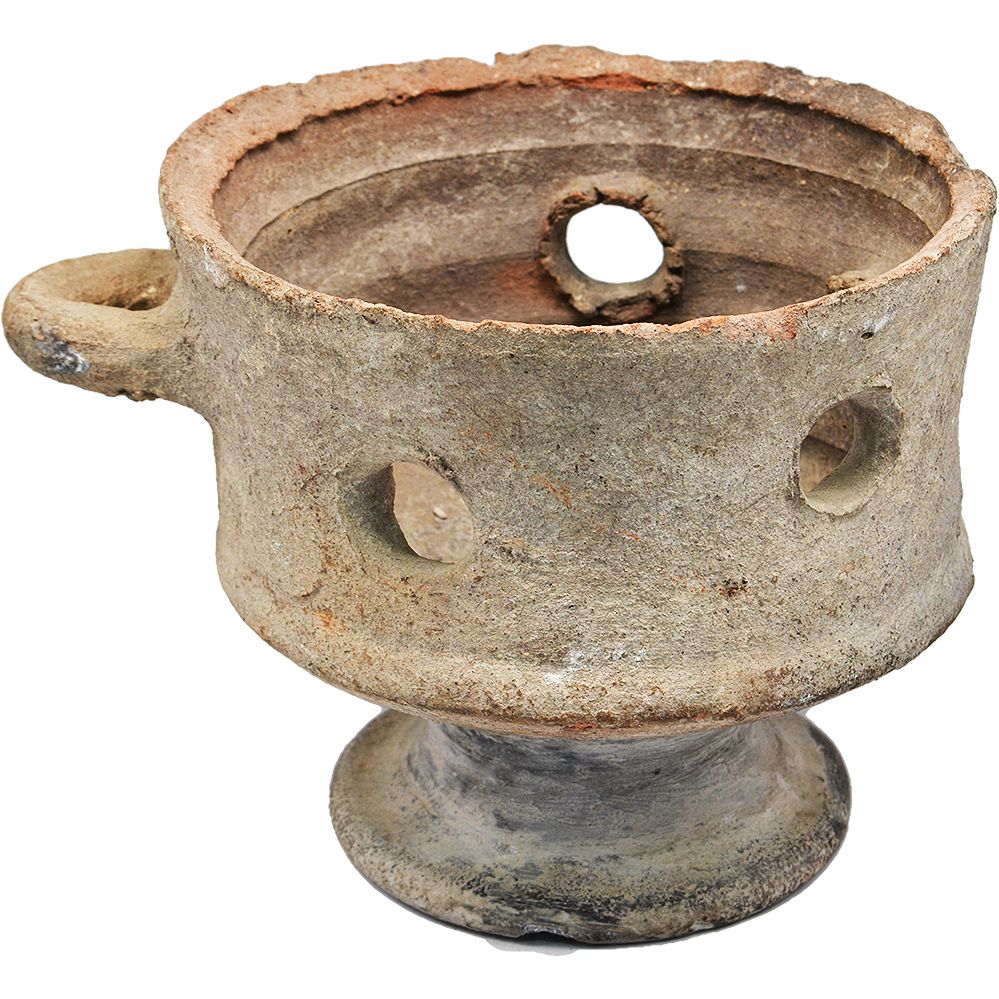
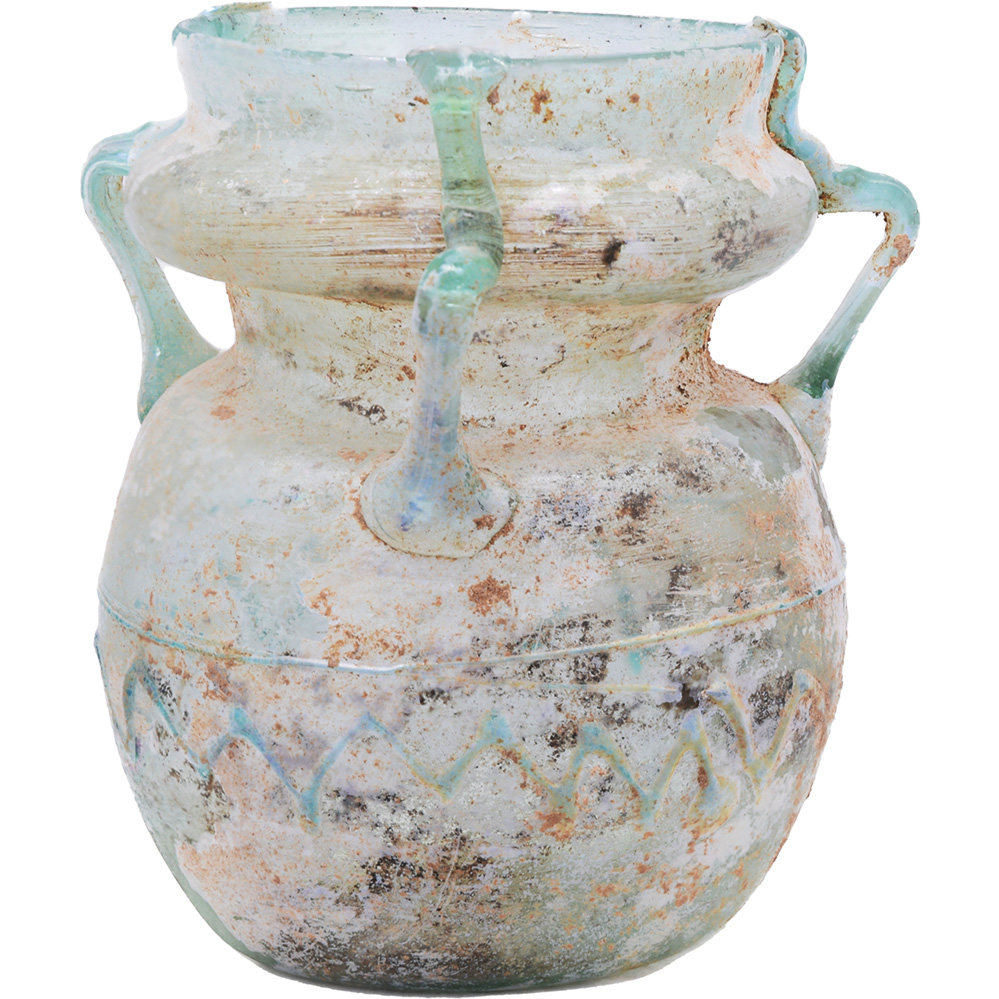
Reviews
There are no reviews yet.